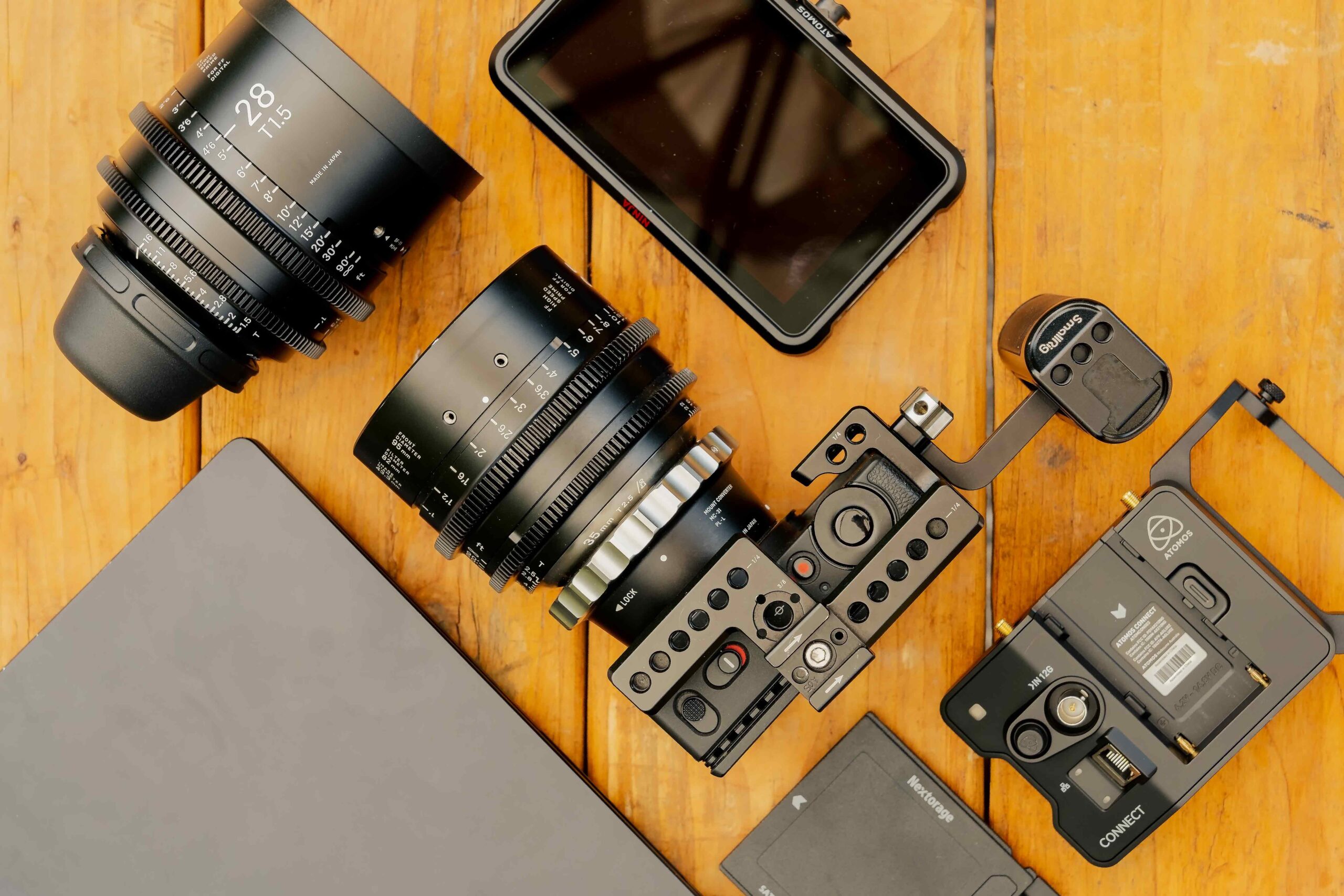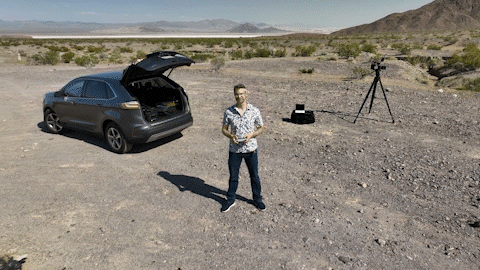How the SIGMA fp and Atomos Ninja V + Connect Module are Changing the Game
The 2023 firmware update Ver. 5.00 for the SIGMA fp and version 3.00 for the SIGMA fp L offers an exciting new feature that allows users to transfer video content directly from their cameras to Atomos Cloud Studio, Frame.io by Adobe, or other cloud-based platforms. Camera-to-cloud workflows (C2C) offer an easy and efficient way for content creators to share and collaborate on their video content remotely, bringing the power of a seamless C2C workflow to the palm of your hand.

The SIGMA fp platform and Atomos Ninja V + Connect Module combo provides a highly mobile film rig alongside a capable monitor solution with all your favorite focus and exposure tools. Previously, only professional cinema rigs and million-dollar productions could benefit from a seamless C2C workflow, but with the SIGMA fp and Atomos Connect, anyone can enjoy the convenience and efficiency of camera-to-cloud workflows.
GETTING STARTED WITH CAMERA-TO-CLOUD WORKFLOWS
A camera-to-cloud workflow involves transferring media from camera to a cloud-based storage system. Atomos video recorders make this easy by allowing direct upload through Wi-Fi or cellular signals to cloud-based platforms such as Atomos’ Cloud Studio and Adobe’s Frame.io. Multiple users can access the content simultaneously, making remote work more straightforward.
To get started, link the Atomos device with the cloud platform using a stable internet connection through the Ninja V + Connect module. You can chose to use Wi-Fi, Ethernet, or a mobile hotspot. Connect the device to the SIGMA fp using a single Micro-to-Type A HDMI cable.
Once all the connections are established, start recording by tapping the record icon on the Atomos device. The clip will automatically transfer to your cloud library when finished.
CAMERA-TO-CLOUD USE CASES

Camera-to-cloud (C2C) is useful in a variety of production environments, including documentary, scripted, commercial, and news gathering. Documentary filmmakers can use C2C to upload their footage in real-time to the cloud, allowing editing and producer teams to remotely review and provide feedback. Additionally, C2C ensures the safety of footage, even if the equipment or cards are damaged, stolen, or confiscated. By uploading proxies or full-res images to the cloud, the footage remains secure and easily accessible.
C2C is also beneficial for scripted productions where dailies need to be uploaded regularly for review and approval. By utilizing C2C, production schedules can be streamlined, ensuring efficient scheduling.
What to Expect from the Future of Camera-to-Cloud Technology
THINGS TO CONSIDER
While C2C offers many benefits, there are still some things to consider. Currently, C2C only allows for the upload of 1080p files, which may not be sufficient for projects that require higher resolutions. However, by using an Atomos device, you can record high-res prores files locally to be linked in your NLE for finishing later on.
Another factor to consider is data storage. While cloud storage can be convenient and secure, the cost-to-resolution scaling of storage can be prohibitive. Higher-resolution files require more storage, which can quickly become expensive. This can be particularly challenging for smaller productions with limited budgets. Luckily, there are many storage options at scaled rates to chose from.
LOOKING AHEAD AT THE CAMERA-TO-CLOUD FUTURE
As camera-to-cloud workflows (C2C) continue to develop, we can expect to see several improvements and advantages in the future. One soon-to-be-realized improvement is accessibility, more wireless connections becoming available; making it easy to upload footage from remote locations and reduce reliance on Wi-Fi.
Furthermore, advancements in video compression technology will help overcome proxy limitations, enabling higher-resolution proxies to be uploaded to the cloud.
Adopting C2C early can lead to significant benefits such as enhanced efficiency, cost reduction, and improved collaboration among production teams. In short, early adoption can provide a competitive edge.
With the SIGMA fp series of cameras and Atomos’ Ninja V and Connect products, the clouds have never been more within reach.





